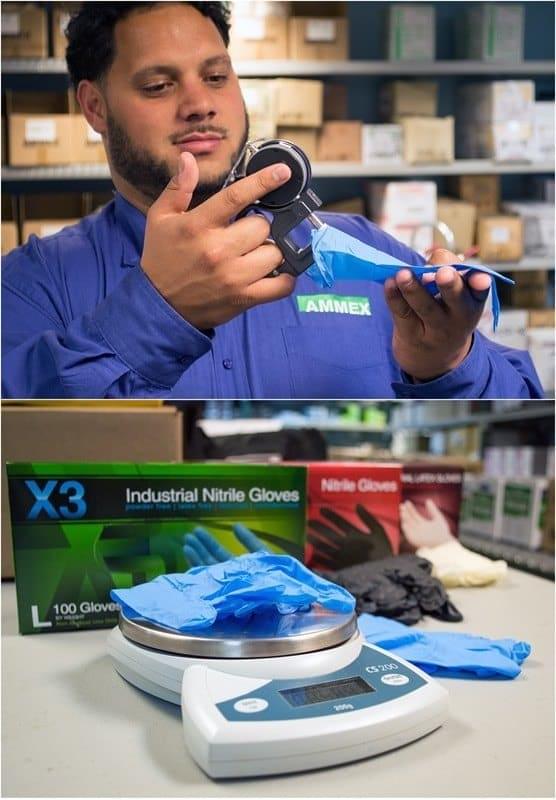This content has been archived. It may no longer be relevant
How can you be sure you are choosing the right gloves for the job? Currently, glove performance is measured with millimeter thickness. However, this measurement is not the most accurate due to variations in thickness across a single glove. Disposable gloves are thickest in the fingertips and thinnest in the wrists due to how they are dipped in the manufacturing process.
Thickness measurements in millimeters have the potential to vary based on which part of the glove is measured, which is frequently the palm. The glove industry is transitioning to measuring gloves by weight in grams rather than in millimeters. Gram weight circumvents the variations in thickness across a single glove. With this shift, the terminology will change as well. Rather than labeling gloves as thin, manufacturers will refer to them by their weight or use – such as lightweight or heavy duty.
When did the glove industry start the shift?
Around 2006, lighter weight gloves were introduced for the first time, but they were not well received because the original formulation of the gloves did not provide sufficient barrier protection. In 2009, lightweight gloves with a new formulation were reintroduced, offering more options for clients. Because of changes in technology, lightweight gloves have become more popular, with even 2 mil gloves being acceptable for some uses.
Difference between millimeters and grams
Gloves need to provide barrier protection for the hand. The move to gram measurements would help standardize quality in the glove industry, although gram weight has not been transitioned to the end user yet. It will also provide clearer guidance for glove purchasing decisions because certain weights may be better suited for specific purposes than others. The current standard is 3 mil and premium gloves are 5 mil or higher, but they will need to be measured at the wrist, fingertips and palm. With an allowable 0.3 gram variation in either direction, weight provides a more accurate measurement of gloves. Gram weight also is a more accurate reflection of the amount of material used in a glove and requires only a simple digital scale rather than the use of specific tools, such as a micrometer.






